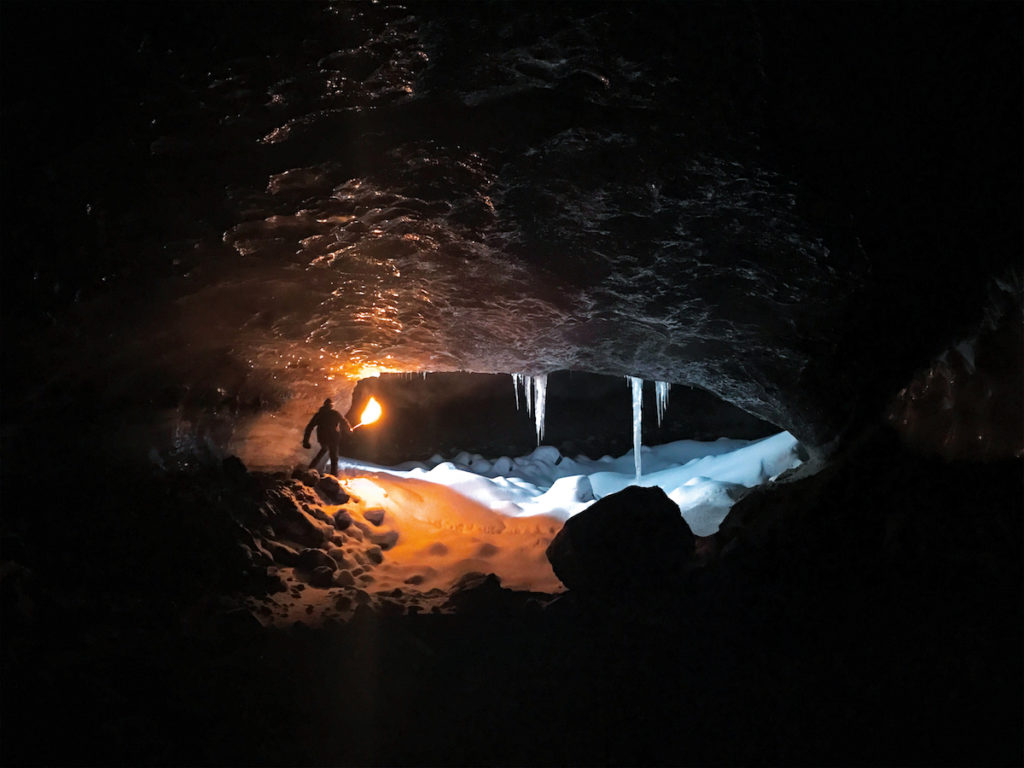7 iPhone Photography Problems and How to Solve Them

Ruairidh McGlynn traveled by dogsled through Iceland, stopping for a break in this ice cave.
When even the former Google Plus chief confidently states that the iPhone has the best smartphone camera around, driving Phandroids into their usual state of reality denial, then it has to be a really good, smashing and excellent time for Apple to launch an Instagram account to share pictures ‘caught on iPhone’. So Apple has done precisely that – here’s the Instagram feed.
Photography tips for the rest of us
To celebrate the new account we caught up with Nations Photo Lab, who specialize in printing photos to get some advice on getting better snaps. They concede that their business these days is very much around printing the most special pictures, but thought they would offer us a range of cool photography tips to help us all get better pictures from our iPhones.
Here it is:
7 iPhone photography problems and how to solve them
- The finished photo is too dark
A dark photo is usually the result of photographing with an ISO that is too low. ISO is a measure of how sensitive your camera is to light (exposure). So, in a low-light setting, you’ll want to keep your ISO setting higher to capture as much detail as possible.
To change the exposure, open the Camera app and focus the lens onto your subject. Tap the area of the screen in which your subject appears, and use the slider next to the sun or light bulb icon to increase or decrease the photo’s exposure.
- The angle from which you’re photographing is too low
Everyone who’s used FaceTime knows that most images taken from below eye level are somewhat unflattering – the solution is so simple: Keep the lens above the subjects’ faces to help them look their best in the final images.
- Your subjects are different distances away from you
“Depth of field” is a photography concept that describes the distance between the nearest and furthest objects from the camera lens.
Although you could capture everyone in sharp focus by using a smaller aperture on a DSLR camera, it’s even easier to fix with a mobile phone. If you’re photographing two or more things that should be in sharp focus, simply position them along the same plane when the photograph is taken.
For example, if you’re taking a photo of a two people together, picture both of their noses pressing up against the same, invisible pane of glass. That will ensure that their facial features can be captured in the same amount of detail.
Also read: MacPhun’s Travel Photography Tips for iPhone and Mac Users
- Your shutter speed is too slow to capture fast motion
Whether you’re photographing a squirmy pet or your child’s soccer game, quick motions taken with a slow shutter speed can often turn out blurry. The iPhone 7 automatically adjusts shutter speed with changing light conditions, so if you’d like full control over this and other settings, download the Camera + app.
Quick note, though: When increasing your shutter speed, you’ll want to make sure your camera is held extremely still while it’s capturing the photo. If you’re doing a lot of fast-motion photography, you should get yourself a camera tripod.
- Too little or too much contrast
If you find that the spectrum of light that you see with your naked eye is greater than the detail captured in the photo, it’s most likely due to a lack of contrast.
Fixing the contrast in your photo is easier than it’s ever been before. Most apps have easy ways to expose photos correctly. If your photo is still too bright and lacking in definition, try shooting your photo with a jacket or a blanket over top of you to reduce the amount of sunlight that reaches the lens.
- Your horizon is crooked
Even if you feel like you’re standing on even ground, it’s easy to accidentally take a photograph in which the horizon isn’t perfectly straight.
Rotate the photo in your camera app to make sure the image is exactly how nature intended. You’d be surprised how big of an improvement this makes in the final composition!
- Your photo looks pixelated in print
All photos are made of pixels, or tiny squares of color. When a photo has too few of them, the photo looks less realistic. The more pixels a photo has, the higher its resolution. Higher resolution photos look sharp, clear, and true-to-life. Resolution is reduced when you use a digital zoom feature or when you crop a photo. Keep this in mind when printing photos from your phone.
I thought these were quite useful tips for budding iPhoneographers. You can pick up more of them over at the Nations Photo Lab blog. What are your best iPhone photography tips?





Thank you Jony for the good tips. I had not realized that cropping the photo made a difference in resolution.
Yeah it’s one of those ‘obvious when you think about it’ things, in that res really just reflects pixels so when you crop the original image the resulting image then has to kind of lose quality in order to be as large (I’m not sure I did a good job explaining that – sorry – I”m a little worded out!)